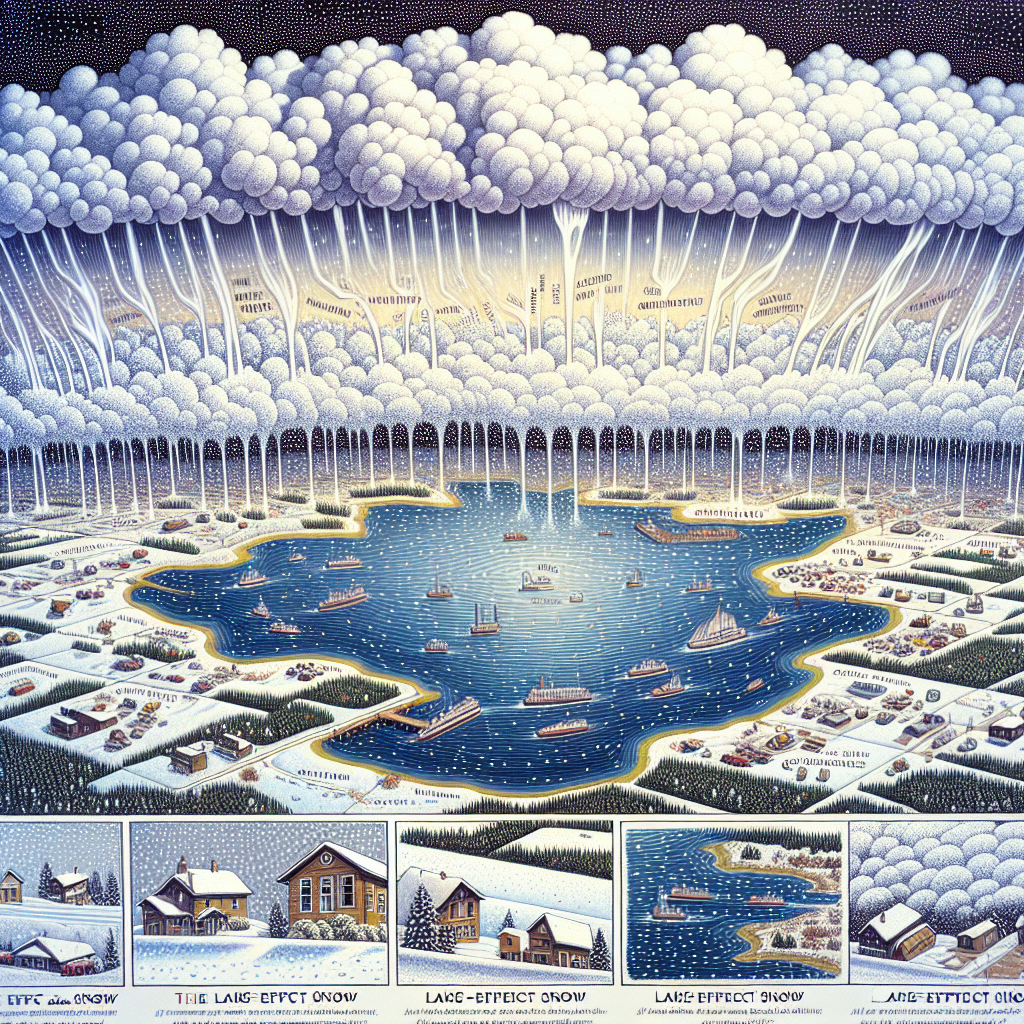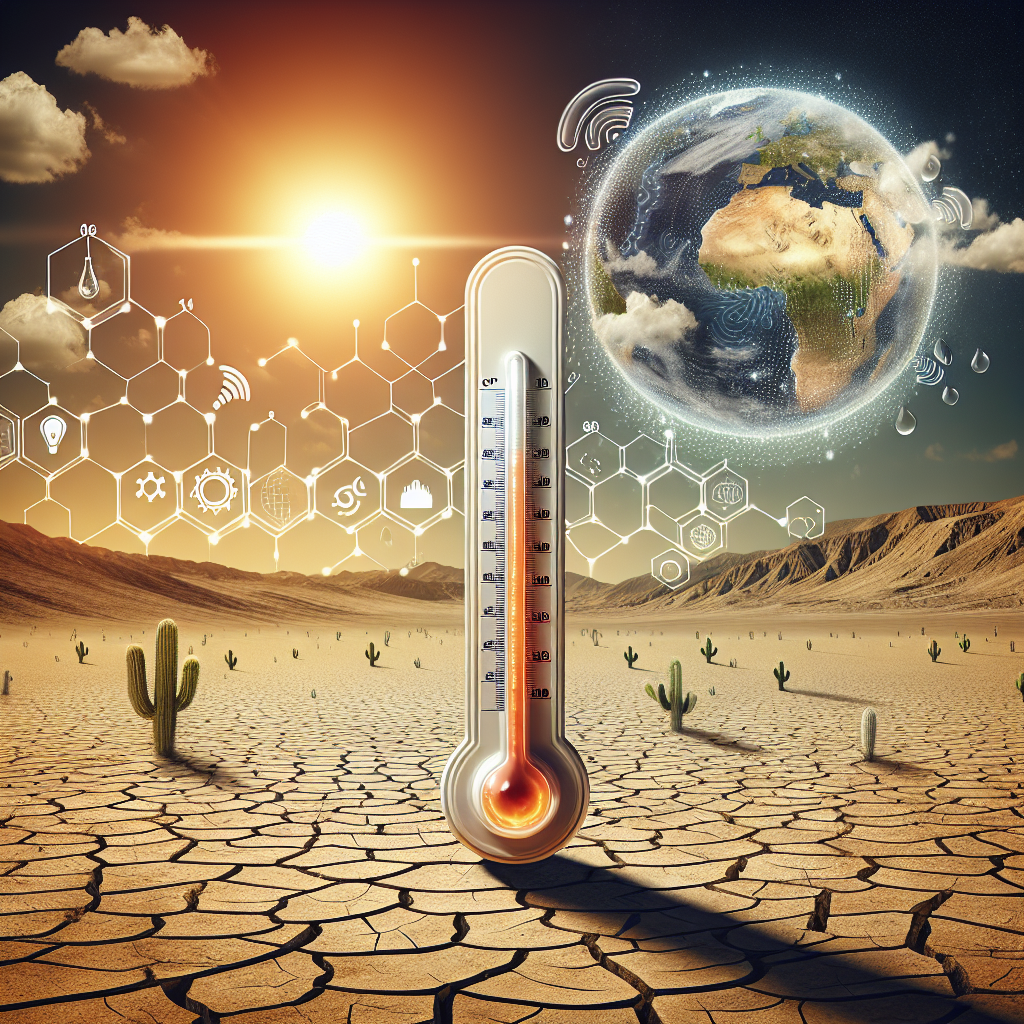Seasonal Weather Patterns Around the World
Understanding Weather Patterns
Seasonal weather patterns refer to predictable changes in temperature, precipitation, and atmospheric conditions that occur at different times of the year. These patterns are influenced by several factors, including the Earth’s tilt, ocean currents, and geographical features like mountains and plains. Comprehending these variations is crucial for agriculture, tourism, and disaster preparedness.
Tropical Regions
Tropical regions, located near the equator, experience minimal temperature variation throughout the year. Instead, these regions are characterized by distinct wet and dry seasons. The Intertropical Convergence Zone (ITCZ) plays a pivotal role in this pattern, where trade winds from both hemispheres meet, causing heavy rainfall. Countries like Indonesia, Brazil, and Nigeria experience monsoon seasons, with heavy rain typically between May and October, followed by dry spells.
Tropical regions generally maintain high humidity and temperatures averaging 25–30°C (77–86°F) year-round, contributing to lush rainforests. However, the dry season can lead to droughts that threaten agriculture and water supply.
Temperate Regions
Temperate zones experience four distinct seasons: spring, summer, autumn, and winter. This variation is due to the Earth’s axial tilt and its orbit around the sun. In North America and Europe, summer temperatures can soar above 30°C (86°F), while winter often brings temperatures far below freezing, accompanied by significant snowfall.
Recent patterns indicate shifts in temperate seasons, with springs beginning earlier and lasting longer, and winters becoming milder. This can affect ecosystems, as plants and animals may not adapt quickly enough to the changing climates, leading to potential biodiversity loss.
Polar Regions
Polar regions, including Antarctica and the Arctic, are marked by persistent cold temperatures and extreme seasonal variations. In the Arctic, summer lasts only a few months, with temperatures rising to approximately 10°C (50°F), while winter temperatures can plummet below -40°C (-40°F). During polar winters, darkness lasts for an extended period, drastically affecting local wildlife and plant life.
In contrast, Antarctica holds the record for the coldest global temperatures, often exceeding -60°C (-76°F) in winter. The continent remains largely inhospitable to human life, with seasonal patterns reflecting a stark contrast between brief summers and prolonged winters, defined by intense blizzards and icy conditions.
Monsoons in South Asia
The South Asian monsoon is one of the most significant seasonal patterns globally, impacting millions of lives. Characterized by strong winds from the southwest, the monsoon season generally occurs between June and September, bringing vital rainfall to countries like India, Bangladesh, and Pakistan. These rains are crucial for agriculture but can lead to devastating floods if excessive.
Conversely, the pre-monsoon season, characterized by rising temperatures and humidity, can result in severe thunderstorms and damaging winds, known as pre-monsoon squalls. The phenomenon of seasonal monsoons dictates agricultural cycles, with a reliance on timely rains for crop sowing and harvesting.
El Niño and La Niña
El Niño and La Niña are climatic phenomena that disrupt traditional weather patterns. El Niño refers to a periodic warming of sea surface temperatures in the central and eastern Pacific, causing drastic changes in weather worldwide. For example, El Niño can lead to increased rainfall in the southern United States and droughts in Australia.
Conversely, La Niña represents the cooling of sea surface temperatures, often resulting in opposite effects. For instance, La Niña can lead to wetter conditions in Australia and drier conditions in the eastern United States. These phenomena can disrupt global weather patterns, impacting agriculture, fisheries, and even global economic stability.
Ocean Currents and Their Influence
Ocean currents significantly influence seasonal weather patterns. The Gulf Stream, a warm ocean current in the Atlantic, brings mild temperatures to Western Europe, allowing regions like the UK and Norway to have comparatively mild winters. On the other hand, cold currents, such as the California Current, lead to cooler coastal temperatures that can result in unique weather phenomena such as coastal fog.
The interaction between ocean currents and wind patterns creates microclimates, affecting local agriculture and wildlife habitats. For instance, regions influenced by the Humboldt Current in South America experience cooler temperatures, impacting biodiversity and marine life.
Desert Climates
Desert climates are defined by very low precipitation, often less than 250 mm (10 inches) annually. The most well-known deserts, such as the Sahara in Africa and the Mojave in North America, exhibit extreme temperature variations. Daytime temperatures can soar to 50°C (122°F) in summer, while winter nights can see frosty conditions.
Despite the harsh climate, seasonal patterns also exist in deserts. Typically, a winter wet season occurs, where rare rains can temporarily transform the landscape and trigger brief blooms of vegetation. This survival strategy is crucial for desert flora and fauna, adapted to thrive in limited resources.
Highland Climates
Highland climates, found in mountainous regions, experience unique seasonal patterns due to altitude. With increasing elevation, temperatures generally decrease, and precipitation patterns can shift dramatically over short distances. Regions like the Himalayas or the Andes have distinct weather influenced by altitude, which creates varying microclimates.
In these areas, summer often brings increased rainfall due to monsoonal influences, while winter can usher in heavy snowfalls. The altitude-driven temperature gradient creates habitats for diverse biotic communities ranging from tropical forests at lower elevations to tundra at higher altitudes.
Climate Change and Its Impact on Seasonal Weather
Current climatic trends indicate shifting seasonal patterns due to climate change. Temperature increases and changing precipitation rates can lead to more extreme weather events, including severe storms, droughts, and floods. Adjustments in temperature, precipitation and even atmospheric pressure patterns can disrupt established ecosystems, crop yields, and water supply systems.
The changing climate is spurring research into adaptive strategies to mitigate these effects, including drought-resistant crops and sustainable water management techniques. Understanding these seasonal changes is essential for developing comprehensive response plans to ensure food and water security worldwide.
By grasping the intricacies of seasonal weather patterns across diverse regions, communities can better prepare for the challenges posed by these natural phenomena, fostering resilience against the myriad of changes that affect everyday life.



















